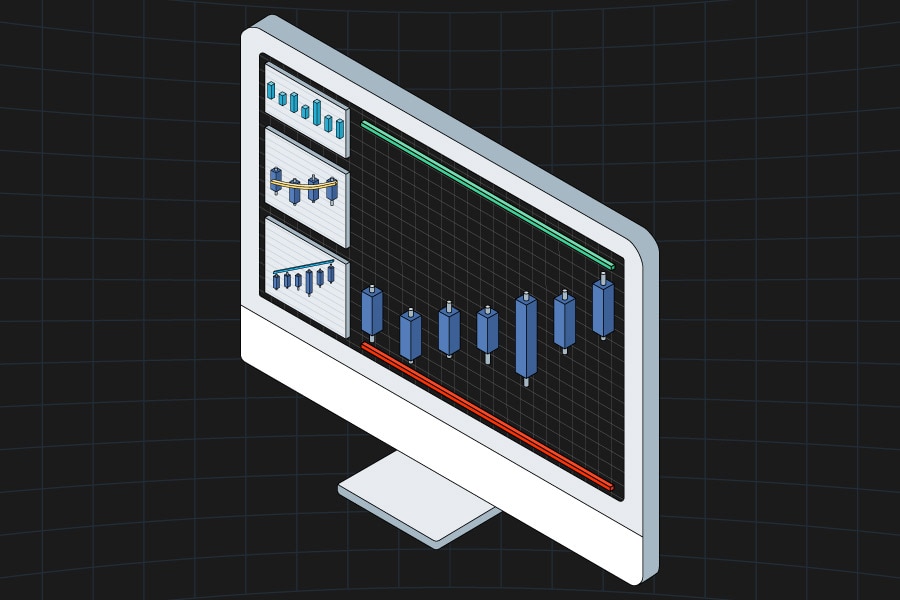Your U.S. Investing Education Center
Discover ways to identify, analyze, and act on U.S. investment opportunities with our timely insights and comprehensive educational resources.
Understanding the U.S. market
Learn how to find favorable trends in the U.S. market along with strategies for capitalizing on them.

Markets and Economy
IPOs Warm Post Slow 2025 Start

Markets and Economy
Fed Holds Policy Rate Steady

Markets and Economy
Perspective: Mid-Year Outlook

US
2025 Outlook: Stocks and Economy
Investing & trading
Whether new to U.S. markets or experienced, find ways to take your investing and trading knowledge to the next level.

Options
Long Call vs. Bull Call Spread

Technical Analysis
How to Use Technical Analysis

Trading Tools
Bookmap on thinkorswim

Trading
Skills for Informed Trading
Portfolio management
Learn about the various roles U.S. securities can play in your portfolio.

Markets and Economy
IPOs Warm Post Slow 2025 Start

Fundamental Analysis
Should Bad News Spur Trades?

Options
Introducing the Wheel Strategy

Markets and Economy
Moves for a Bad Market
Learn about the U.S. markets, your way.
From podcasts* and daily market updates to insightful commentary, explore more helpful resources from Schwab.
Start investing in the U.S. market today.
Have more questions? We're here to help.
Call
Outside the U.S.
+1-415-667-7870
International toll-free numbers
In the U.S.
24x5 Customer Service
1:00 a.m. Monday to 1:00 a.m. Saturday (U.S. EST)
Mailing address
Send applications, deposits, and other materials to:
Charles Schwab & Co., Inc.
Attn: International Operations
1945 Northwestern Drive
El Paso, TX 79912-1108, USA


